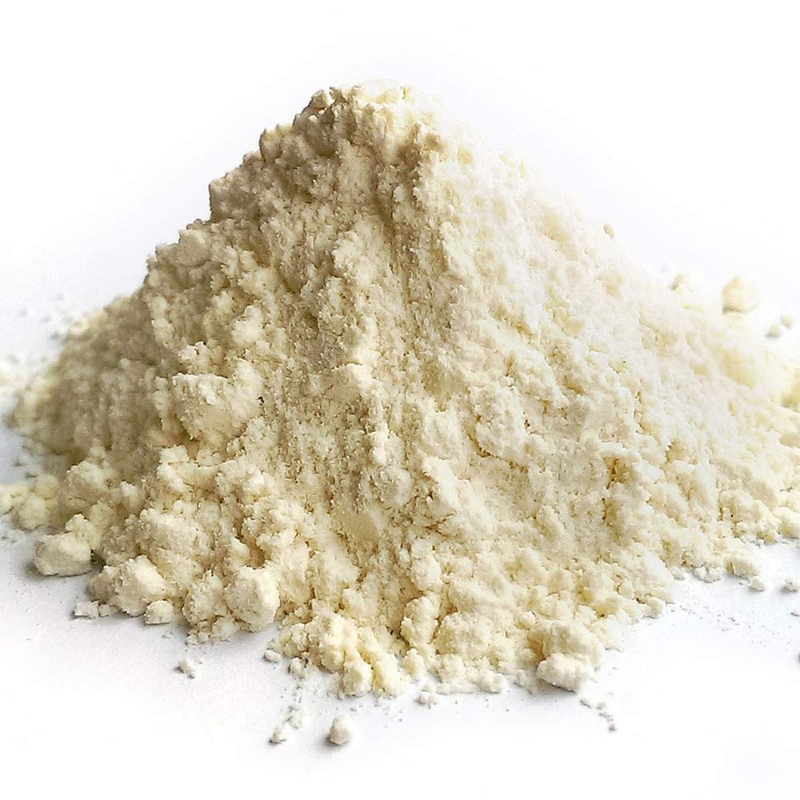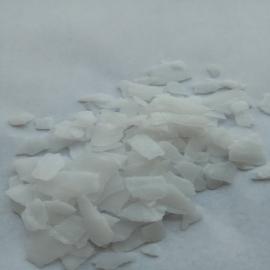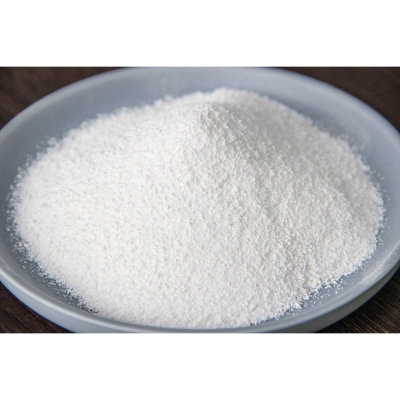-
Categories
-
Pharmaceutical Intermediates
-
Active Pharmaceutical Ingredients
-
Food Additives
- Industrial Coatings
- Agrochemicals
- Dyes and Pigments
- Surfactant
- Flavors and Fragrances
- Chemical Reagents
- Catalyst and Auxiliary
- Natural Products
- Inorganic Chemistry
-
Organic Chemistry
-
Biochemical Engineering
- Analytical Chemistry
-
Cosmetic Ingredient
- Water Treatment Chemical
-
Pharmaceutical Intermediates
Promotion
ECHEMI Mall
Wholesale
Weekly Price
Exhibition
News
-
Trade Service
In recent years, China has vigorously promoted low-protein diet technology, through the addition of industrial synthetic amino acids in feed, to make up for the short board nutritional elements in raw materials, effectively reducing the amount of protein in feed and reducing waste
.
A few days ago, the Ministry of Agriculture and Rural Affairs held a video conference on the promotion of soybean meal reduction and substitution action, and released 3 types of technical models and 8 typical cases
of soybean meal reduction and substitution.
The National Animal Husbandry General Station and others jointly issued the "Proposal for Focusing on "Efficiency Reduction and Reduction" to Promote Alternative Reduction of Soybean Meal"
.
Promote the high-quality development of agriculture
China is a large country in the production and consumption of animal products, in recent years, the import dependence of feed raw materials is high, of which the production of feed soybean meal almost all depends on imported soybeans, and the price of soybean meal is highly correlated
with the international soybean price.
In this regard, the majority of breeding enterprises and feed production enterprises conform to the general trend of consumption reduction and emission reduction, actively explore the technical model of soybean meal reduction and substitution, accelerate the transformation to the scientific breeding method of precise formula and precise feeding, and improve the competitiveness
of enterprises.
Doing a good job of soybean meal articles will help ensure the stability
of the agricultural industry chain and supply chain.
In recent years, China has vigorously promoted low-protein diet technology, through the addition of industrial synthetic amino acids in feed, to make up for the short board nutritional elements in raw materials, effectively reducing the amount of protein in feed and reducing waste
.
At the same time, fully tap and utilize new feed protein resources, including table surplus food, microbial bacterial protein, etc.
, these resources after standardized treatment and processing, coupled with soybean oil expansion and increased protein raw materials, has the potential to
increase the supply of feed protein by more than 10 million tons.
In herbivorous livestock such as cattle and sheep, continue to increase the supply of high-quality forage, promote cattle and sheep breeding to eat more grass, eat less food, and produce the same amount of cattle and sheep products, which can reduce the consumption of concentrate feed by nearly 24 million tons
.
Reduction and substitution of soybean meal is not only a passive choice to cope with the uncertainty of external supply, but also an initiative to promote the high-quality development of agriculture, which is of great significance
for farmers to save costs, feed producers to save feed, industry-wide efficiency and national food security.
In October 2021, the Central Office and the State Office issued the Food Conservation Action Plan, one of which is to strengthen the reduction and substitution
of feed grain.
In the future, we should make use of the achievements of modern animal nutrition, take the reduction and substitution of soybean meal as a breakthrough, fully tap agricultural resources, and achieve agricultural quality and efficiency
.
Chen Shiyan, academician of the Chinese Academy of Engineering and professor at China Agricultural University, believes that the rigid growth of meat consumption has put pressure on the aquaculture industry
.
This forces the industry to make full use of the research results of modern animal nutrition, fully tap and recycle the rich resources in China, and make the aquaculture industry save costs and increase efficiency
.
Reduce the demand for soybean meal feed, mainly through the promotion of high-quality, low-protein diet technology, and the replacement of soybean meal with other mixed meal
.
Practice has proved that by adding industrial synthetic amino acids to feed and supplementing the short board nutrients in raw materials, it can effectively reduce the amount of protein in feed and reduce waste
.
Both ends of supply and demand exert force at the same time
Animals need protein for growth, mainly to obtain amino acids
.
Reducing the demand for soybean meal feed, mainly through the promotion of high-quality low-protein diet technology, and replacing soybean meal with other miscellaneous meal, will not affect the nutrition
of meat, eggs and milk.
Since 2018, the Ministry of Agriculture and Rural Affairs has vigorously guided feed breeding enterprises to promote low-protein diets, and the whole industry has responded
positively.
All localities have focused on "improving efficiency and saving food, open source substitution", reducing the amount of soybean meal on the demand side and increasing the supply of alternative resources on the supply side, which has achieved good results
.
In 2021, the proportion of soybean meal in the feed consumed by the national aquaculture industry will drop to 15.
3%, down 2.
5 percentage points from 2017, saving 11 million tons of soybean meal, equivalent to 14 million tons of soybeans, equivalent to more than 100 million mu of arable land output
.
According to the optimal amino acid needs of pigs, Muyuan Food Co.
, Ltd.
applies low-protein diet technology to reduce the amount of
soybean meal.
By accurately evaluating the net energy value, amino acid composition and digestibility of feed raw materials, the company has established a database
of nutritional parameters such as net energy of feed raw materials and digestible amino acids.
In the process of pig breeding and production, the company evaluates and verifies the feeding effect of feed prepared from different raw materials, constructs and improves the model of net energy and digestible amino acid demand of pigs at different stages, and forms a nutritional standard system
suitable for its own breeding breed and herd structure 。 Application practice has proved that additional supplementation of 5-6 kinds of synthetic amino acids (lysine, methionine, threonine, tryptophan, valine, isoleucine) can reduce the standard of feed protein content in the whole process of pig breeding to 12%, which is 2-3 percentage points lower than the current domestic average, greatly reduce the use of protein raw materials such as soybean meal, and do not reduce animal production performance
.
In 2021, the company's pig breeding used 15.
8 million tons of compound feed, and the average amount of soybean meal accounted for 6.
9%, which was 8.
4 percentage points lower than the average content of soybean meal in the feed consumed by the breeding industry, which was equivalent to reducing the amount of soybean meal by 1.
3 million tons
.
New Hope Liuhe Co.
, Ltd.
has achieved remarkable
results in the application of diversified diets for pigs and poultry.
The company uses wet chemistry and near-infrared analysis models to determine the chemical composition and nutritional parameters of raw materials, carries out joint experiments of animal digestion and metabolism and in vitro biomimetic digestion, accurately analyzes the effective energy value and digestible amino acid content, corrects and updates nutritional parameters in time, comprehensively detects safety indicators such as anti-nutritional factors and mycotoxins in raw materials, and builds an independent nutritional value database
of feed raw materials.
The company pays attention to the development of geogenic feed resources, adopts biological fermentation, enzymatic hydrolysis, adsorption and other technical means to reduce the content of anti-nutritional factors such as fiber, tannins, prolamin and mycotoxins, and increases the proportion
of alternative raw materials used in compound feed.
In the feed processing process, the company focuses on the key indicators such as raw material crushing particle size, mixing uniformity and finished product hardness, particle uniformity and powder content according to the physical characteristics of different raw materials, and adjusts feed processing process parameters in a timely manner to improve the fineness of
product processing.
The company uses net energy and ideal amino acid modes to supplement the synthesis of amino acids, combined with the use of enzyme preparations and other additives, to prepare low-protein diets
.
In 2021, the company's pig and poultry compound feed output was 19.
6 million tons, and the average amount of soybean meal accounted for 10.
7%, which was 4.
6 percentage points lower than the average content of soybean meal in the feed consumed by the breeding industry, which was equivalent to reducing the amount of soybean meal by 900,000 tons
.
In the workshop of Ganzhou Liandoli Feed Technology Co.
, Ltd.
, located in Tianjiu Town, Dingnan County, Ganzhou City, Jiangxi Province, workers are busy loading feed
.
"The company implements diversified ration technology of coarse grain meal, and the current unconventional raw materials in the nutritional value database of feed raw materials have included 127 kinds of
cotton meal, rapeseed meal, peanut meal, palm meal, etc.
At the same time, the company formulates low-protein and high-amino acid balanced diets to meet the needs of pigs and poultry at different physiological stages and reduce the demand for
soybean meal.
Li Jianmin, the head of the company, said that the amount of soybean meal in the company's pig and poultry feed formula has been further reduced this year on the basis of an average of about 12% in 2021, among which the pig feed of the company's own pig farms and some fattening pig formulas can already achieve soybean meal free formula
.
From January to October this year, the company achieved livestock and poultry feed sales of about 60,000 tons, relatively saving more than 2,500 tons
of soybean meal.
(Gao Na comprehensive arrangement)
China Food News(November 09, 2022, Edition 04)
(Editor: Gao Na).







